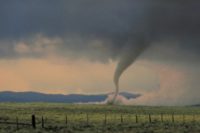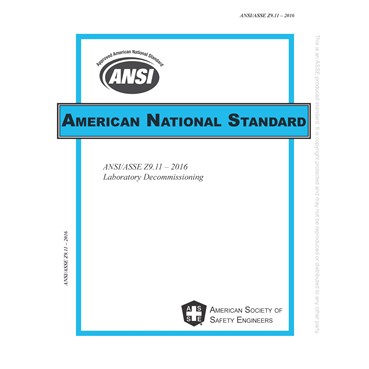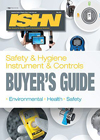 In the wake of the deadly July 6 train derailment and explosion in Lac-Mégantic, Québec, the Transportation Safety Board of Canada (TSB) has issued safety advisory letters to Transport Canada and the United States Pipeline and Hazardous Materials Safety Administration, asking regulators to review the processes for suppliers and companies transporting or importing dangerous goods to ensure the properties of the goods are accurately determined and documented for safe transportation.
In the wake of the deadly July 6 train derailment and explosion in Lac-Mégantic, Québec, the Transportation Safety Board of Canada (TSB) has issued safety advisory letters to Transport Canada and the United States Pipeline and Hazardous Materials Safety Administration, asking regulators to review the processes for suppliers and companies transporting or importing dangerous goods to ensure the properties of the goods are accurately determined and documented for safe transportation.
The TSB’s ongoing investigation into the derailment of a Montreal, Maine & Atlantic Railway (MMA) train TSB test has found that the level of hazard posed by the petroleum crude oil transported in the tank cars on the accident train was not accurately documented. Petroleum crude oil is classified as a Class 3 Dangerous Good (flammable liquid), and is further divided into packing groups (PG) to further categorize its hazards (PG I being most hazardous, to PG III being least hazardous). In analyzing product samples from the 9 intact tank cars from the Lac-Mégantic accident, the TSB identified the product as having the characteristics of a Dangerous Good of Class 3, PG IIproduct. However, the product was offered for transport, packaged, and transported as a Class 3, PG III product, which represented it as a lower hazard, less volatile flammable liquid.
The lower flash point of the crude oil explains in part why it ignited so quickly once the Class 111 tank cars were breached. Since product characteristics are one of the factors when selecting a container, this also brings into question the adequacy of Class 111 tanks cars for use in transporting large quantities of low flash flammable liquids (PG I and PG II). The TSB investigation in this area is ongoing. Further tests are being done on the product samples and testing has started on the components of the tank cars. A review of the relevant regulations and company operating practices is also underway. These analyses will help determine the safety performance of the tank cars during the accident and to identify any related safety deficiencies
The Lac-Mégantic train derailment remains a priority for the TSB and a team of experts continues to be dedicated to this investigation. If at any stage during the investigation the TSB identifies additional safety deficiencies, it will communicate directly with regulators and the industry, and will inform the public.
Dangerous Goods of Class 3
Flammable liquids included in Class 3, Flammable Liquids, are included in one of the following packing groups:
- Packing Group I, if they have an initial boiling point of 35°C or less at an absolute pressure of 101.3 kPa and any flash point;
- Packing Group II, if they have an initial boiling point greater than 35°C at an absolute pressure of 101.3 kPa and a flash point less than 23°C; or
- Packing Group III, if the criteria for inclusion in Packing Group I or II are not met.
For details, see the Transportation of Dangerous Goods Regulations, Part II.
Visit the active investigation page for more information about this investigation.
The TSB is an independent agency that investigates marine, pipeline, railway and aviation transportation occurrences in order to advance transportation safety.







